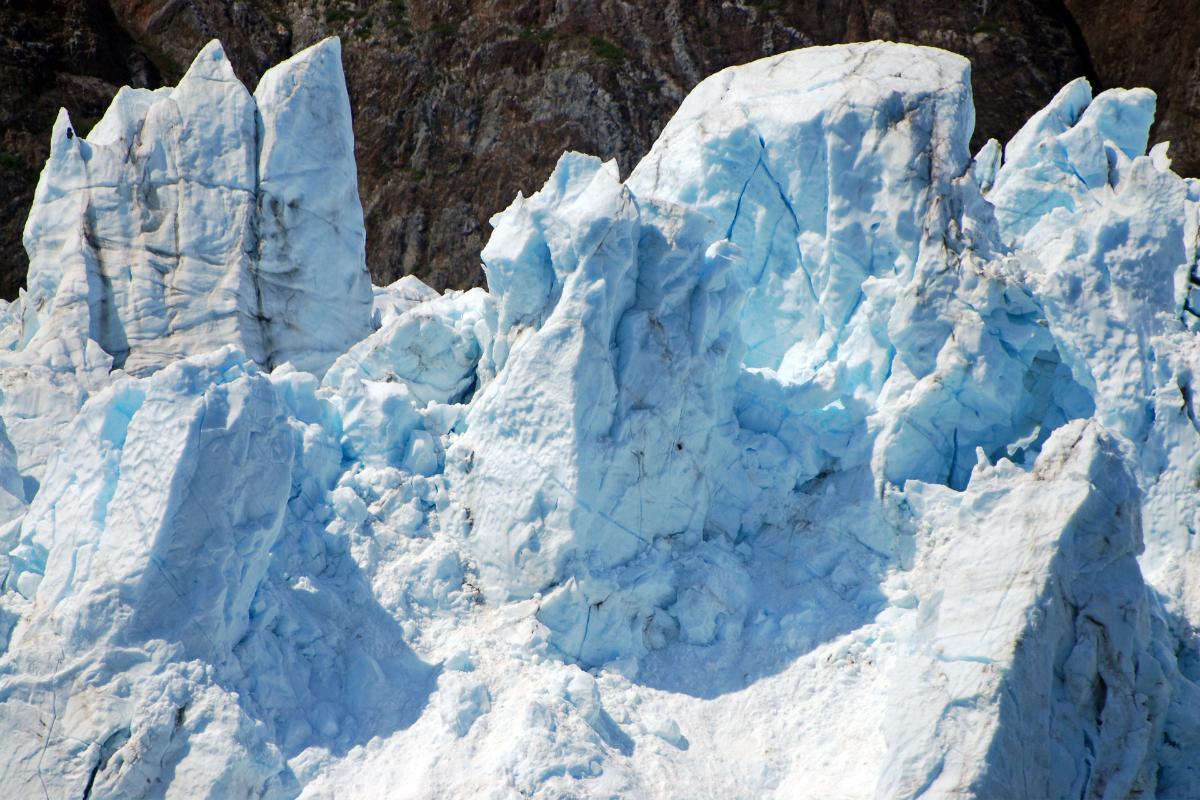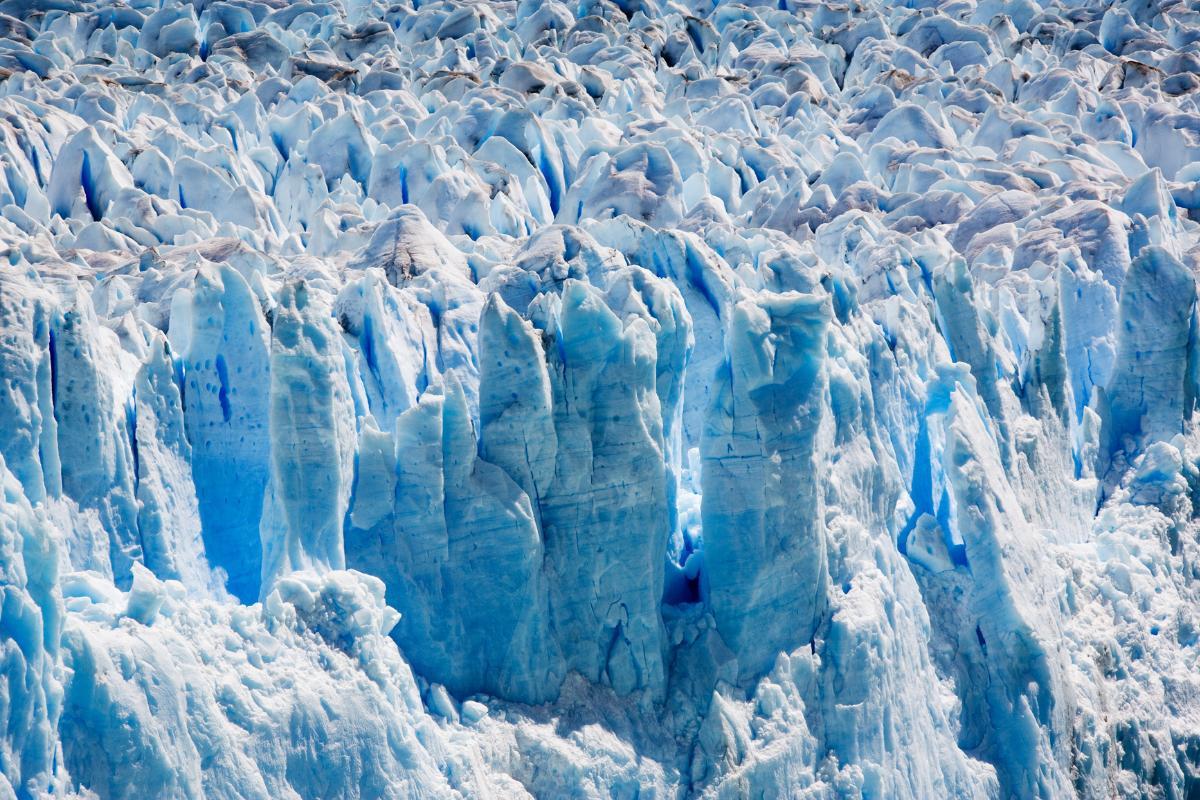What Is a Serac in Geography?

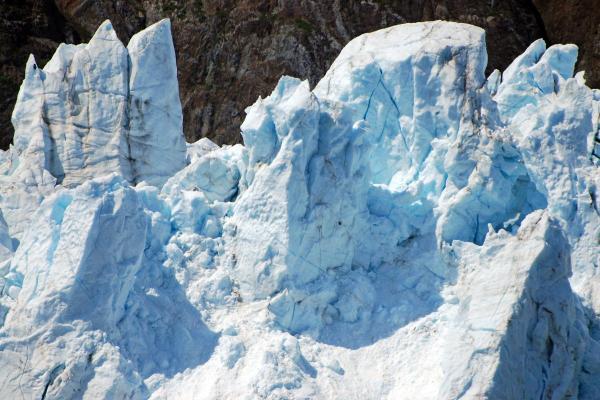
Seracs are large blocks of ice that form on glaciers , especially in areas with steep slopes or uneven terrain. They are formed by the fracture of ice due to internal stresses caused by the movement of the glacier. They are both extremely important in glaciology and dangerous for ecosystems. These blocks or columns can be very large and result in incidents which can kill animals and people who may be in their vicinity. At thedailyECO, we learn more about their formation and dangers by asking what is a serac in geography?
What is a serac?
Seracs are large blocks or pillars of ice that form on glaciers. They occur especially in areas where the terrain is very steep or has deep crevasses. These imposing structures can reach several meters in height. Although they often appear stable, are highly unstable and dangerous.
From a distance, seracs are impressive. They have an imposing beauty due to their unique shapes, the blue light they reflect and the way they stand out against the uniform white of the glacier. From the perspective of mountaineers and climbers, they represent one of the greatest dangers in high mountains. Their instability can cause them to collapse without warning, something which has caused numerous accidents throughout the history of mountaineering. Ice avalanches triggered by a falling serac can be extremely destructive.
Although they are made of ice, one of the most striking characteristics of seracs is that their behavior resembles that of rocks in a steep mountainous area. They can remain balanced for weeks or months, but they can break and fall at any moment. This breakage may be due to heat, vibrations or the natural movement of the glacier.
The unpredictability of a serac collapse forces mountaineers to exercise extreme caution when traversing areas where they appear. Many routes ascending mountains such as Mont Blanc or Everest often require crossing areas plagued by these structures, adding a considerable level of risk to an already perilous trek.
Climate change has also influenced the dynamics of seracs. With rising temperatures, glacier ice melts more quickly, potentially accelerating the instability of these formations. This has made some classic climbing routes more dangerous or even impassable during certain times of the year.
You can discover more about the processes which exert their force on glaciers with our article asking what is glacial erosion?
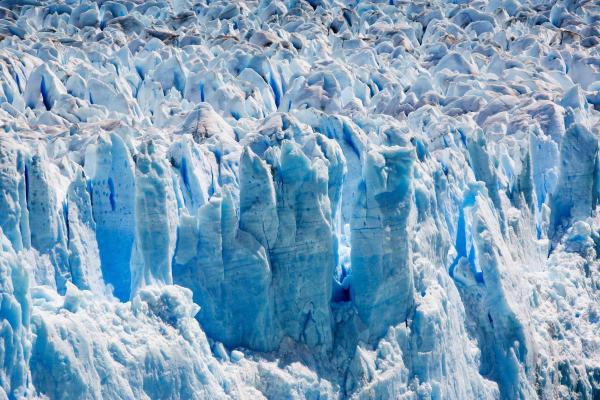
How do seracs form?
While they are part of glacier development, serac formation is a distinct process which is both natural and complex. It is directly related to the movement and dynamics of glaciers which is itself a complex process. A serac forms in the following way:
- When looking at the formation of seracs, it is first important to understand that a glacier is not a static block of ice. More accurately, a glacier is a mass of ice that flows slowly due to gravity and the weight of the ice itself, something which is accumulated over time.
- As the snow compacts and transforms into glacial ice, it begins to move down the mountain. It adapts to the terrain's topography in the process. This movement is not uniform. Some parts of the glacier advance faster than others, depending on the slope, temperature, ice thickness and roughness of the bedrock below. It is in this uneven flow that the process of serac formation begins.
- When the glacier encounters an abrupt change in relief, such as a steeper slope, a rocky outcrop or a narrowing of the valley, the ice can no longer flow continuously. It breaks and fragments instead due to enormous internal stresses. This type of fracture creates deep cracks called crevasses which open up on the glacier's surface.
- In areas where crevasses cross or intersect in different directions, the ice blocks between them can become partially isolated. This then forms towers or columns of ice known seracs. These structures can have very varied and capricious shapes, and their size varies from a few meters to more than 66-98 ft (20-30 m) in height. The orientation and size of a serac depend on the internal stresses of the glacier, the angle of the slope and the weather conditions.
Seracs are not the only consequence of glacial movement. To learn about the deposits left behind by glaciers as they transition, read our article asking what is a glacial moraine?
Why are seracs dangerous?
We've already mentioned that these formations represent one of the greatest dangers in glacial and alpine environments. This is especially so for mountaineers, climbers, skiers and anyone traveling through high-altitude areas. At first glance they may appear to be solid and stable structures, but their true nature is quite the opposite. Seracs are fragile, unstable and unpredictable structures that can collapse at any time without warning.
The most obvious danger is spontaneous serac collapse. A serac can remain balanced for days, weeks or even months, then suddenly collapse for a variety of reasons. These include rising temperatures, accumulated pressure, the movement of the glacier or even a slight vibration such as a climber's footsteps on the ice. When a serac collapses, enormous blocks of ice cascade down at high speed, crushing or burying everything in their path.
The collapse of a serac can trigger an ice avalanche, especially in areas with steep slopes. Unlike snow avalanches, these contain masses of compacted ice and hard fragments that can cause devastating damage. They can take out tens of people at a time.
In addition to ice and snow variations, explore the different types of avalanches in our related article.
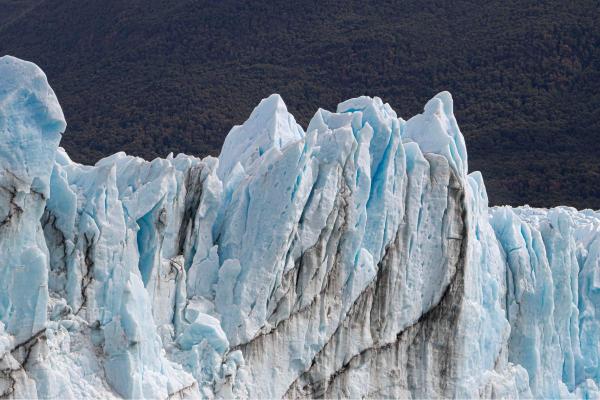
Where are seracs found?
Seracs are found primarily in mountainous regions with active glaciers, especially in areas where ice is forced down steep slopes or uneven terrain. Let's see some parts of the glove where seracs are most commonly found:
Alpine ranges (European Alps)
Especially in the Mont Blanc Massif, seracs are a common feature many high-altitude routes across the Alps. The Bossons Icefall on the north face of Mont Blanc is an emblematic example. Seracs are also found on classic routes such as the Via des Quatre-Thousands and on the Tacul Glacier, which has been the site of serac collapse accidents.
Himalayas (Asia)
With their gigantic mountains and vast glaciers, the Himalayas are one of the most dangerous regions for seracs. The Khumbu Icefall on the route to Everest is one of the most famous and dangerous places in the world due to the constant shedding of seracs. Other Himalayan mountains, such as Makalu, Manaslu and Dhaulagiri, also have serac zones that pose a serious challenge to mountaineers.
Andes Mountains (South America)
Especially in their southernmost reaches, the Andes are home to several glaciers that give rise to seracs. On both the Chilean and Argentine sides of Patagonia, glaciers such as Perito Moreno, Upsala and Viedma have areas with large blocks of ice and seracs. Seracs are also found near Cerro Torre and Fitz Roy, where the rugged terrain facilitates their formation. Discover the Andean plants and animals that live near these glaciers with our related guide.
Now you know what is a serac, how it forms and where they are in the world, you can discover more about geographical ice formations with our article asking what are icebergs?
If you want to read similar articles to What Is a Serac in Geography?, we recommend you visit our Environment (other) category.
- Bordino, J. (2025). Seracs: What They Are, Their Formation, Hazards, and Where They Occur. GEOenciclopedia.
https://www.geoenciclopedia.com/seracs-que-son-formacion-peligros-y-donde-hay-1081.html - Navarra News. (2012, September 27). Deadly Serac on Manaslu.
https://www.noticiasdenavarra.com/deportes/2012/09/27/serac-mortal-manaslu-3193320.html - Peregrine Treks. (n.d.). Khumbu Icefall: A Guide to Hazards, Navigation, History, and Climbing .
https://peregrinetreks.com/blog/Khumbu-Icefall





